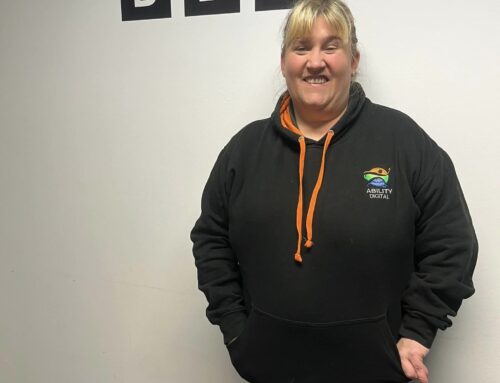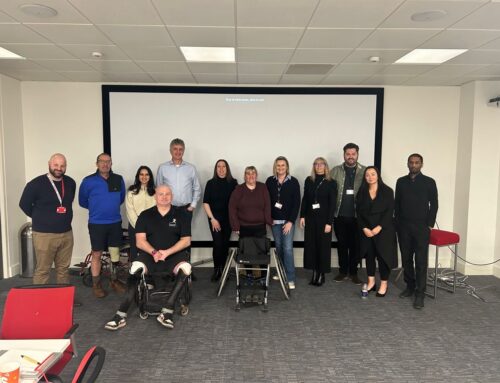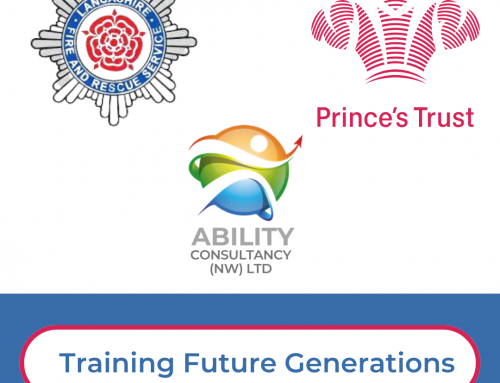Making Physical Education/Sports Accessible To All
We always hear that sport and physical activity plays an important role in someone’s physical and mental wellbeing, but it plays an even greater role for someone that has a disability or an extra need.
There are many disabled people that want to take part in sport but they find it inaccessible. This inaccessibility could be due to a distinct lack of understanding in how to include a person with a disability, or down to a lack of knowledge about how to adapt the sports sessions to ensure everyone can participate.
These are my top 10 tips to aid inclusion in sport:
Ask the disabled person about themselves
Always ask the person about themselves; find out what they want out of the experiences. Ask the disabled person about what they think they can do, and what support they may need. Asking the person directly will show them respect and that you are taking an interest. This is particularly important as what most people want is to fit in and be part of the group.
Involve the whole group when discussing training and ways to adapt the session
Involving everyone in the group or the session in discussing how the session may look and develop while ensuring that the session will focus on the requirements of the whole group is always a good idea. Having these conversations with the whole group will allow the disabled person to feel included, alongside showing the group that anyone is accepted and can participate – regardless of their abilities or requirements.
Use alternative communication tools
Some people struggle with communication and understanding. As a sports coach who has coached and taught PE to people with a wide range of abilities, I always carry a whiteboard and cue cards in my coaching bag. Also, a demonstration to coincide with what you are explaining is extremely beneficial. No matter who you are coaching always ask the group or the individual a question about your instructions – this will help to check understanding and to allow you to correct anything before they try the exercise.
Use different equipment
The equipment that is often required in sport is not always able to be utilised by everyone taking part in the activity. A simple adjustment to or a change of equipment could mean the difference between an inclusive session or not. For example, changing the size of a ball or a racket or adapting the material that the equipment is made from could allow for a fully inclusive PE session. Sometimes a simple change gives the best results.
Adapt the playing area
Everyone’s ability to run or move around a big open space or court is different; changing the area – or size – is vitally important to keep everyone engaged. Adapting the play area can be simple, for example, you can use zoned areas, or have areas for certain players or positions as can be seen in Netball. Alternatively, if playing hockey or football you can adapt the playing area into 3 zones (wings and a centre) and only certain players can enter the zone during the game. Incorporating a change in play area size will allow for ability levels to be matched and the game becoming fair and inclusive to all.
Adapt the rules
As with changes to the playing area you can adapt the game rules in a similar fashion. For example, a certain position or player on each team can take an extra touch, or an extra attempt at shooting, hitting, kicking or throwing the ball. This does not just have to be for someone will less ability; it could be a way to bring the team together to support one another, as well as developing every player’s confidence, skills and experiences. Any rule changes will need to be explained and demonstrated to ensure that everyone understands them. You could always be creative in how you change the rules.
Change the activity
As a last resort, you can change the planned activity entirely. This is not always the best course of action as most people probably want to play the actual game. However, there is no reason why you cannot design games similar to the intended activity that still build upon people’s skills, confidence and ability levels.
For example, a disabled person may struggle to play a game of rugby, but you could design an activity which still enhances their throwing and catching skills. Alternatively, If you have a player that is able to play the game but struggles to understand the rules i.e. where or how they can move, is there a broken-down version of the game that you could implement?
Use a buddy system
A buddy system is a great way to engage everyone in a game or activity. You can buddy people up in several ways: based on their friendship groups, ability level or disability. From experience, pairing up with someone of the same ability works best. For example, if you have a ‘sporty’ disabled person who can play a particular game to a high standard, it is not always fair or practical to buddy them up with another disabled person that who has never played the game before. This type of pair-up will discourage the less-able person and make them less inclined to be motivated to try their best.
“Think outside the box”
You will frequently hear the saying “think outside the box”; however, many people worry about doing just this. What does it mean? How will that it happen? What about Health and Safety? Will someone hurt themselves? Generally, it’s the “what if …” scenario!
Rest assured, every disabled person and their families have to “think outside the box” every day – even to complete simple tasks or just to live. Don’t be afraid to do the same. Sometime the method will work, other times it won’t – it does not matter as long as you can say that you have tried! Quite often, the most “out-there” idea could be the one that actually works, especially when there shouldn’t be a way that it does.
Speaking from personal experience, over the years I have encountered many “let’s try this” situations in PE. Sometimes, the group and I have ended up in fits of laughter as the suggested approach has been so far off the mark, but you won’t know if it is going to work until you actually give it a go; life is too short to not try everything possible and don’t be afraid make suggestions – even if they appear to be the most improbable!
Try new things and do not be afraid if things do not go how you think it should
When things do not go to plan, don’t be discouraged; life with a disability can be challenging. Some of you will experience greater challenges than others and despite acknowledging that you may fail, you can say that you have at least tried. Just because an idea may not work in the first instance, by thinking about the factors that made the attempt unsuccessful and about what slight changes can be applied, you can always re-try. Instead of taking sole responsibility when dealing with a new situation, try to include those who may be able to help and support you in achieving success.






